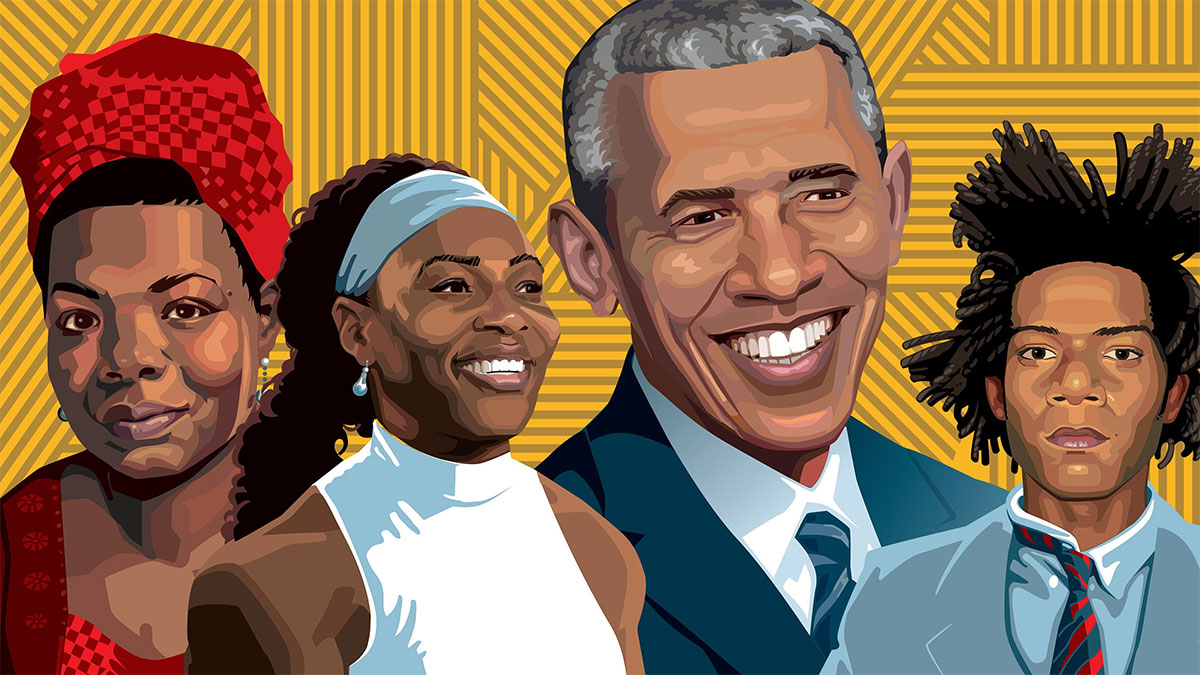The donor is giving $5,000 a year. She has the capacity to easily give $250,000, has the inclination, and has an expressed desire to connect more deeply with the organization. But the frontline fundraiser does not ask for more. Why?
- He is afraid it might offend her which will then lead to rejection and failure.
- He thinks the whole asking thing is about money which is isn’t.
- He can’t get information from program and finance to make an ask of that amount.
- He doesn’t know how to do an ask like that.
These are the common reasons Jeff and I find when frontline fundraisers are not asking boldly. Fear of rejection and failure, wrong thinking, lack of program info, and no asking strategy.
The wrong thinking and fear items are like brother and sister. They are inextricably related. When a frontline fundraiser doesn’t understand that they’re helping a donor actualize the passions and interests that are embedded in their spirit, then the whole exercise of fundraising devolves into grabbing the money. This, of course, results in a fear-based transaction.
We have said it over and over again – giving a donor the opportunity to do what their heart desires is one of the most special gifts you can give the donor. It releases the donor to express how they want to spend their resources on the planet. There is hardly any better feeling. So, if you suffer from fear in asking boldly or think the whole thing is about the money, then work on getting this straight in your own heart and mind. It will do you a lot of good.
Secondly, work with your manager or other authority figure who can push this agenda to get the program information you need. And that program information is a made up of three major elements:
- A description of the societal problem your organization is trying to solve. This is the information you get from Program. And that information or that description is presented (using words and pictures) in human and emotional terms. Jeff and I find that this is one of the biggest failures in fundraising. We do not, with our words and images, transport the donor to the scene so they can emotionally connect with the problem we want to address.
- A brief description of HOW you are going to address this problem. You also get this information from Program. But it needs to be practical and credible. The donor needs to see that you know what you are talking about. And, that you are capable of solving this problem. Here is where you can insert a testimonial of how you solved it before.
- The cost to doing this. More information from Program. And this cost must include all the overhead which is information you will get from Finance. It is important, in this item, to state the total annual cost to solve this problem. And then, within that context, put the amount you intend to ask.
Note how important the program and finance information are. I know YOU know this. But do the authority figures in your organization understand that without it, you cannot possibly succeed in raising net revenue for Program? Probably not. At least, not to the extent they need to understand it. And that is where you need to spend time educating them to the fact that you cannot deliver the revenue they want you to deliver unless THEY deliver the program and finance information you need.
This is very much like the retail store owner demanding sales from you in the store but not stocking the store with product that is properly priced to sell. They cannot expect sales without the product. And, on this point, do not settle for the standard authority figure answer to this kind of request that goes like this: “You know what we do – just go out and get the money!” It doesn’t work that way.
Lastly, doing the ask is, quite simply:
- Aligning the donor’s passions and interests to the problem that you are presenting.
- Presenting that problem to the donor in human and emotional terms. That means telling stories where the donor can relate and transporting the donor to the scene of the problem so they can connect on an emotional level.
- Giving them the full scope of what it will cost to address the problem.
- Showing how what you are proposing to do aligns to their interests and then asking them, boldly, for a transformational gift. (If you want more help on this part, take a look at our course on Permission-Based Asking.)
Believe me, if you take all the steps I have addressed here, you will become a lot more confident and bolder in your asking than you are now. And, even more importantly, you will be doing something very special for the donor. You will be giving them the ability to fulfill their deepest desire. That desire is to help heal the hurts of the planet – its people and its resources. Stay in touch with this very basic fact. You are touching the deepest part of the donor by giving them the opportunity to do even more good that they ever dreamed of.
Richard
![Why Asking Boldly Hardly Ever Happens Frontline fundraiser stares nervously at laptop. [Why Asking Boldly Hardly Ever Happens]](https://veritusgroup.com/wp-content/uploads/2023/11/AdobeStock_366681342-scaled.jpeg)





0 Comments